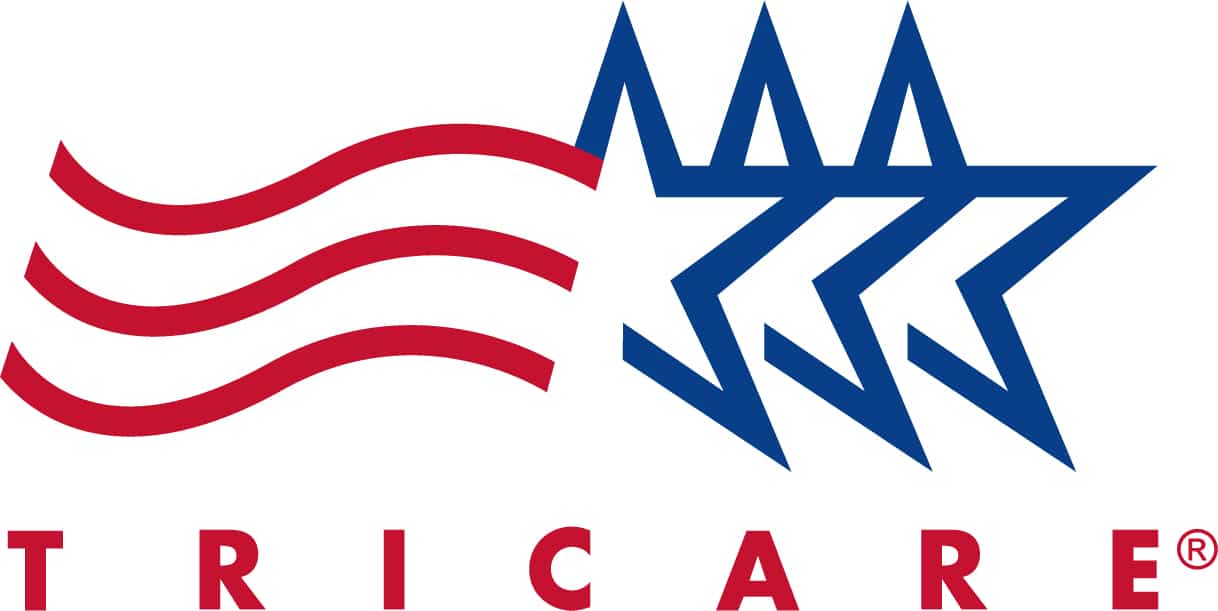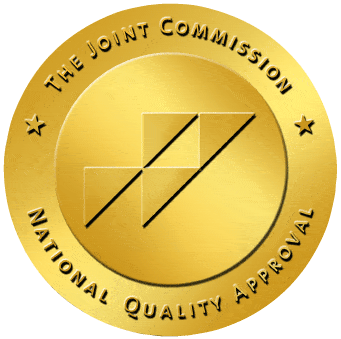Despite the Science, Harm Reduction is Still Controversial

Despite the Science, Harm Reduction is Still Controversial
Table of Contents
What is Harm Reduction?
Harm reduction is a group of policies, programs, and practices that does their best to lower negative health, legal, and social impacts associated with drug use, policies, and laws. The goal is to work with people in a positive environment that avoids things like judgment, coercion, and discrimination. With harm reduction, an individual is not required to completely stop drug use to receive support.
Why Is Harm Reduction Important?
It is important because there are no barriers for people to receive help. Sometimes, a person might feel judged if they continue to struggle with relapse after a few months or even years in other programs. It looks to lower the risk of seeking help.1
By minimizing the emotional, physical, spiritual, and social consequences, a person can seek out help when they might not have before. This factor is also critical for the homeless population and people that struggle with mental health.
The Principles of Harm Reduction
There are four main principles. They are as follows:2
Respecting the rights of people who use drugs
A commitment to evidence
A commitment to social justice and collaborating with networks of people who use drugs
The avoidance of stigma
All of these principles focus on a few main points. The higher amount of stigma that a person feels, the more likely they are to avoid recovery or struggle through the recovery process. Harm reduction practitioners focus on meeting people where they are in their journey free of any stigmatization or judgment.
In addition, harm reduction practitioners want to make sure that no one is excluded from their services. By respecting someone’s dignity and making sure there is no discrimination, harm reduction groups can create a safe environment for people. Their methods are also based on research and are simple to apply.2
The Goals of Harm Reduction
According to Harm Reduction International, there are three primary goals:2
Keep people alive and encourage positive change in their lives
Reduce the harms of drug laws and policy
Offer alternatives to approaches that seek to prevent or end drug use
Sadly, overdose rates have skyrocketed in the United States over the past twenty years. According to the NIDA, drug overdoses have gone up by nearly 1,900%.3 Harm reductions’ focus on keeping people alive allows them to receive the health care they need to stay safe.4
Additionally, the harm reduction movement focuses on drug laws and policies that are harmful to addicts. The penalties for drug use can be so severe that it prevents people from seeking help and medical attention. It also disenfranchises people struggling with addiction. Many times, their voices are never considered. It tries to change that. There are practices that focus on multiple pathways to help someone become sober.4
Harm Reduction Strategies
There are several strategies used to help those who use drugs stay healthy and safe. Ultimately, people that believe in harm reduction want everyone to become sober and they understand the dangers of drug use. These practitioners provide services to keep people who struggle with substance use disorder safe until they are ready for recovery.
Needle Exchange Services
Sharing syringes and needles is one of the main ways to spread diseases like HIV and hepatitis C. Because of this factor, several facilities will start needle exchange programs so that people can use new, safe syringes instead of reusing old ones.5
Safe Injection Sites
Safe injection sites (SIS’s) are places where people can use drugs safely and under supervision. They will not face criminal charges, and substance use disorder treatment options are available to them.5 Even though this strategy is controversial, it has led to a substantial amount of success when it comes to helping people get into treatment, lowering the spread of diseases, and decreasing 911 calls.
Drinking and Driving Laws
It focuses on helping people seek treatment instead of prison time. When it comes to drinking and driving, harm reduction strategies aim to not criminalize the person, but rather give them the help they need to treat their substance use disorder. It is a redemptive program that would lead to less crowded prisons and more success when it comes to treatment.
Free Contraceptives
Many times, SIS’s and needle exchange places will provide free contraceptives. The whole point of this practice is to enable people to make safe decisions. Providing contraceptives lowers the chances of STIs and unwanted pregnancies. Moreover, drug use can harm a fetus and the mother. By providing this service, these sites teach men and women how to make healthier decisions in life, which can point them towards recovery.
Is Harm Reduction Effective?
Studies on Harm Reduction’s Effectiveness
In 2006, Alison Ritter and Jacqui Cameron compiled more than 650 articles that tested the effectiveness and efficacy of harm reduction regarding alcohol, tobacco, and illicit drugs. They found that it was significantly effective when it came to intervention. Not only did strategies like syringe stations help get people into recovery, but they also kept people safe. Research shows that harm reduction works.6
Why Is Harm Reduction Controversial?
It can be seen as controversial because some people believe it condones drug use and enables those addicted to drugs to continue using. This viewpoint normally comes from an abstinence-only approach to recovery. Some people also criticize this method because they feel like it attempts to replace the need for treatment facilities.
Does Harm Reduction Condone Drug Use?
Harm reduction does not condone drug use. It recognizes the dangers of drug use and the devastating impact it can have on people’s lives. However, they also know that not everyone is ready for treatment right away. By allowing people a safe place to use, they can keep people struggling with addiction from facing life-threatening consequences while gradually introducing them to treatment facilities.
Does Harm Reduction Replace Treatment?
No, it does not replace treatment. In fact, harm reduction promotes treatment. When implemented, many places saw four times as many people entering treatment after visiting exchange sites of SISs (Faces, n.d.). Harm reduction does everything they can to help people struggling with substance use disorder while they are still suffering from the disorder, while they are recovering, and once they are sober.
Treatment for Substance Use Disorder
Harm reduction methods are meant to go alongside treatment. There are many aspects to substance use disorder treatment and the recovery process.
Detox
Detox is the process of letting the substance naturally leave your system. Normally, it will lead to extremely uncomfortable withdrawal effects. Some detox processes can be life-threatening, so it is best to do it under the direct supervision of a medical professional.
Therapies
Therapy is one of the most important aspects of recovery. Cognitive-behavioral therapy tends to be the most popular option. The goal of CBT is to help teach you new coping methods and ways to reduce stress. They believe that the ability to recover is inside of you, and you oversee your recovery. Sometimes, medication will be used to go alongside therapy to help with withdrawal effects.
Inpatient Programs
Inpatient rehabilitation or treatment programs are places where you stay for a period to seek treatment. During this time, you will go through detox, CBT sessions, and group therapy. Normally, inpatient programs will use MAT to help you feel as comfortable as possible when going through withdrawal symptoms. Medication is only used for some addictions.
Outpatient Programs
Outpatient programs are more recommended for someone that might be considered functional in their journey towards addiction recovery. With outpatient care, the patient goes into a facility multiple times a week for therapy and they might be prescribed medication to help with withdrawal effects. The patient will still be monitored closely under medical supervision.
Aftercare
Aftercare programs like AA, halfway houses, and therapy plans are all great ways to maintain sobriety. One of the most important things that happen in aftercare is the development of a community to lean on when you are tempted or struggling. Getting plugged into a 12-step group, therapy, and possibly a transitional house can help with maintaining sobriety.
The harm reduction model is not meant to replace any form of treatment. Instead, it is meant to help keep addicts safe and guiding them to recovery in a safe, non-judgmental environment. If you are struggling with substance use disorder, please reach out to a medical professional right away.
Resources
- https://www.healthlinkbc.ca/healthlinkbc-files/substance-use-harm-reduction
- https://www.hri.global/what-is-harm-reduction
- https://www.drugabuse.gov/publications/research-reports/methamphetamine/what-scope-methamphetamine-misuse-in-united-states
- https://harmreduction.org/about-us/principles-of-harm-reduction/
- https://facesandvoicesofrecovery.org/blog/2019/10/18/key-harm-reduction-strategies/
- https://pubmed.ncbi.nlm.nih.gov/17132577/














